It’s that time of year again! Once again, another braggart is up to bat with a shocking revelation: Lando Calrissian is pansexual. You know, just like how Beauty and the Beast’s LeFou is totally gay because we were told it was so, instead of actually putting it in the movie in a substantive way.
I’m not seeing Solo: A Star Wars Story because I’m sick of feeling exploited by the movies I go out to see.
When Star Wars: The Force Awakens was first announced in 2012, I was as excited as anyone else. (Keep in mind, this was somewhat Pre-Reboot!Boom Hollywood, so the expectations were a little different.) Shortly following the big announcement was a roadmap of release dates for titles paired with a string of directors: J.J. Abrams, Rian Johnson, Colin Trevorrow, and Gareth Edwards. With the exception of Phil Lord & Chris Miller, it was all folks who had directed these kinds of movies before.
Right out of the gate, the bar was set low. Already, this was becoming just another expanded universe blockbuster gambit directed by men who already did this kind of work.
Here’s what on our plate right now: an Abrams-helmed Episode IX, a full Rian Johnson trilogy, a Jon Favreau TV show, a possible Solo trilogy, a Boba Fett spinoff, and an Obi-Wan spinoff. It’s enough to make me want to plug in that weird Podracing game for the N64 and ram into walls for hours on end while sobbing uncontrollably.
Unless that Boba Fett project is going to be a 127 Hours-esque film about Boba in the Sarlaac Pit, I am very disinterested in what’s to come. Making a movie about Han Solo, a character that does not demand an origin story, is one of the least inspired decisions to come from Kathleen Kennedy’s crew.
Rather than these anthology films expanding the universe, they are contracting it. Year by year, Star Wars crumples into another template for a tried and true formula of action movies. The creators of this film morph into the current creative culture: cishet white guys lounging around at press junkets bragging about how inclusive they are.
The “reveal” of a pansexual Lando feels like such a slap in the face, and that is why I am here. I am going to spit some stories off the cuff to you and weave for a better Star Wars EU.
One that includes such favorite characters as Elan Sleazebaggano and Fodesandbeed.
Just One More Round, Friends: A Star Wars Story
“Run a tab for the Empire.” -Bea Arthur
Director: Tommy Kail
Everyone remembers the classic scene from the Star Wars Holiday Special where Bea Arthur sings and dances, offering one round on the house to all of her Mos Eisley patrons as the Empire shuts her bar down. Of course, Bea Arthur is no longer with us, but Betty White could fill in! Or Don Cheadle! (He was kind of the replacement of Bea for The Golden Girls’ sequel show The Golden Palace, after all.)
We never actually feel the wrath of the Empire beyond the desolation of random planets … or in the Holiday Special, where the Empire has imposed a curfew on this planet and everyone must leave Bea’s bar.
We need a bad guy, and we need a fight. Bea Arthur would never let the Empire trample all over her, so let’s see it—a Stonewall of sorts. Who threw the first brick? Why Marsha G. Eonosian Jawason, of course!
The Clone Wars: A Star Wars Story
“We’re not programmed. You have to learn to make your own decisions.” -Captain Rex
Director: Dave Filoni
While the Clone Wars CG show from 2008 often clumsily came to a screeching halt in its socio-political territory, due to its target audience being very young, it still traversed to the war grounds and planets that were surprisingly absent from the Star Wars prequels.
The structural problem of the prequels is that there is no second act. Phantom Menace is no introduction, and the second and third movies merely serve as the beginning and end. Had the Clone Wars been included as the heart of the series, maybe we would have felt something, but it’s too late to return to Hayden Christensen and Ewan McGregor.
While the clones were merely expendable in the movies, they were individualized in the television show, with their own designs and quirks, despite all being played by the same actor, Dee Bradley Baker. Somehow, the writers were able to create a full cast of characters from the same exact template.
Why did the Clones turn on the Jedi so quickly? What were they feeling?
Twice the Pride, Double the Fall: A Star Wars Story
“Your swords please … we wouldn’t want to make a mess of things in front of the Chancellor.” -Count Dooku
Director: Luca Guadagnino
The novelized version of Revenge of the Sith, by Matthew Stover, dug into Count Dooku’s character in a way that the movies failed to approach. He was not just the Padawan of Yoda and Master of Qui-Gon Jinn, but a representation of the aristocracy, and he felt so small leaving his position of power and prestige to be a mere pawn for Sheev. (That’s ol’ Palpy.)
What could realistically turn one from the Jedi way? What is the seduction that would breach the defenses of one so privileged and well-off? George Lucas was attempting to create something of an atypical examination of light and dark with the prequel trilogy, but found his vision muddied by a convoluted story and incredibly racist stereotypes that gutted his commentary on toxic masculinity.
Anakin was seduced by the Dark Side because of forbidden intimacy that he could not let go of. Darth Maul was seduced because, well … he was a scary looking guy, what else was he gonna do?
But Dooku is remarkably unsympathetic. He is motivated by egomania, a lust for power, and a desire for greatness, but he already had everything, so what was it that made him surrender his Jedi Knighthood? Was it not enough? What does the Dark Side of the Force actually offer?
I don’t know. You could ask the same thing of the alt-right out there.
Have You Ever Heard the Star Wars Story of Darth Plageuis the Wise?
“Not from a Jedi.” -Sheev Palpatine
Director: Ava DeVernay
The Tragedy of Darth Plageuis the Wise is the foundation of Anakin’s turn to the Dark Side, the infamous scene heavily implying that Palpatine manipulated the Midichlorians to create …
…
… life. Thus making him the Holy Father to Schmi’s Mary.
Luke nearly murdering Kylo in his sleep in The Last Jedi was clearly an echo of the terrible deed Sheev performed that one sour eve to his master, Plageuis.
The Tragedy of Darth Plageuis the Wise is the summation of the conflict between Dark Side and Light. Darth Plageuis could create life and stop death—something the Jedi do not value. The Sith have a sanctity for life that the Jedi do not.
Qui-Gon Jinn and Mace Windu were characters that we hoped to be fun and lively, but were instead wooden and soulless. What was intended to be read as a signal that all was not right with the Jedi instead came off as hilariously bad directing paired with a flagrant misuse of great talent.
This film could save that and dig into the complicated masculine ideals of good and bad that Lucas attempted to dig into.
That and Ian McDiarmid was a nut in Revenge of the Sith, and we gotta get give him foCUS. Make him stronGER.
…
GOOOOOoooooooooood …
Watto’s Junkyard: A Star Wars Story
“I’m a Toldarian! Mind tricks don’t work on me, only money!” -Watto
Director: Bong Joon-ho
We all remember Fodesinbeed Annoude, the two-headed announcing guy from Phantom Menace! He’s great!
Jabba the Hutt has a far reach on Tatooine, shows his ugly mug just about everywhere, and demands the utmost respect.
Watto’s Junkyard will be a dive into the capitalism of Jabba the Hutt’s empire and an insight into the unusual world of two-headed announcing. We’ll watch Fode and Beed grow together and bond over their mutual love for shouting names to a coliseum. We’ll see their seedy connection with the criminal underworld deepen over time, as what first seemed like a great gig becomes something more malicious.
But we haven’t even talked about Watto yet! How could I forget?
Don’t you just love this guy? Everyone’s favorite elephantine anti-semitic stereotype. The black market guy. The Toldarian that mind tricks just don’t work on. He’s the guy, our gateway in to the under-dealings of Tatooine outside of Jabba’s Palace.
Watto’s Junkyard is a story about a vile gangster who uses a whole army of entertainers to get his people to turn a blind eye. False promises and systemic oppression. A populous fooled by distraction and lulled into complacency. Plus Fodesinbeed. And Watto.
Dexter’s Diner: A Star Wars Story
“Well … whadaya knooooow?” -Dexter Jettster
Director: Taika Waititi
What would it be like to own a restaurant in the Star Wars universe?
It seems like nearly half of the characters are either Jedi or Rebels or Soldiers or Bounty Hunters. Especially in the prequel trilogy, where it’s a hyper-capitalist and amoral place where death is a commonality. That would have to mess you up, but we don’t really see that world very much in existing movies. They’re mostly about the action stars. Everyone else is background, obliterated by Death Star boom boom beams in a matter of seconds—set decoration, really.
Enter Dexter Jettster, famed manager at Dexter’s Diner. An alien in ill-fitting clothing, Dexter comes across as a buffoon. We wonder as Obi-Wan marches in: Why Dexter? What is it about this creature that warrants visitation, Obi-Wan?! Come on, get to work! Don’t sit down and get a Jawa Juice.
But Dexter held the key to Star Wars Episode II: Attack of the Clones; he knew about the Clones. Not even Yoda knew about the Clones.
Dexter has surely seen it all: chancellors, generals, surveillance droids, Hutts, Obi-Wans. What is it like to be that guy? I would love to watch Dexter’s staff grow and develop with the changing tides of the Republic as it morphs into the Empire.
Call of the Rancor: A Star Wars Story
“*sob*” -Malakili
Director: Werner Herzog
Remember when Luke murders the Rancor in cold blood? Tossing a stone into some button on the wall, the metal gate slams shut on the Rancor’s head, the mighty beastie’s final thoughts surely regarding the buffoonery that led him to this? Adding insult to injury, we as viewers are forced to endure the sight of Malakili the Rancor Tamer looking on in shock and dismay. Tears fall from his eyes as he wraps an arm around one of those pig guys.
The Rancor was a creature many of us might frame as a generic monster in a long line of insidious beasties, but nay! The Rancor had a friend. George Lucas included this scene to say that everyone loves someone.
We are in a time of political turmoil. Our current administration is somehow less subtle than Emperor Palpatine. It’s easy to forget about blurred lines and to fall into our polarizing binary of good and evil. Call of the Rancor is a film that takes two standard, run-of-the-mill baddies and tells us a story about love. Training the Rancor must have been no easy feet after all, and something transpired at some point in their relationship that led to the weeping shirtless man we saw in the first act of Return of the Jedi.
Who Shot First: A Star Wars Story
“Going somewhere, Solo?” -Greedo
Director: Jean-luc Goddard
A film that requires a little bit of a retcon, but hey, Maul is already back from the dead and everything, I guess, so … yeah. We’re all okay if we bring Greedo back for a bit, right?
That’s right, Greedo, the ill-fated alien used as a prop to demonstrate the badass gusto of Han Solo in A New Hope. And this time, he’s back from the dead, baby.
But he doesn’t know how—or, more importantly, who shot first?
Who Shot First: A Star Wars Story is a meta-film about the infamous special editions that tarnished so much of what was historically classic. Stuff like …
- Obi-Wan Kenobi scaring the shit out of some Sand People by screaming like death itself—or, rather, a Krayt Dragon.
- Jar Jar Binks having the last line of the Original Trilogy, shouting “Weesa free!” during the celebration.
- Ghost Hayden Christensen taking the place of … some guy we haven’t really seen before, in the final celebration scene. (Yes, I know it’s Sebastian Shaw.)
- Darth Vader shouting “NO!” in a bizarre panic while Emperor Palpatine electrifies Vader’s son.
This film would be a meditation on the relationship between art and artist. Lucas made these changes not to taint his work, but to bolster it. Yes, he made a few bad calls, but ultimately, he did it because he was probably unable to sleep at night otherwise. He did the thing any artist with a modicum of hubris and endless resources would have done. Perhaps throw in a meta, Lego Movie-esque framing, and you’ve got yourself a picture.
And who better for the job than the French New Wave himself, Jean-luc Goddard?
The High Ground: A Star Wars Story
“What? How can you do this? This is outrageous, it’s unfair! I’m more powerful than any of you. How can you [have a Jedi Padawan] and not be declared a Master?” -Anakin “Annie” Skywalker
Director: Hideakki Anno
Ahsoka Tano is Anakin’s Padawan from the Clone Wars TV show, and while she takes some getting used to, she’s one of the highlights of the series. She works on that hyper-emotional and rebellious model of Anakin Skywalker, but is able to convert her passion into good. Things don’t work out so well for her with the Jedi, and by the end of the series, she’s exiled from them.
The concept of Darth Vader having an apprentice from his old life who wants to change him would be a fantastic story to set up the themes of Return of the Jedi. One of the few things that I actually liked about Rogue One was the imagery of Darth Vader’s fortress, seated on top the infamous “High Ground” on Mustafar from Revenge of the Sith. Vader draws power from the home of his greatest pain.
We don’t need to hear James Earl Jones’ rockin’ voice to tell us this story. Anakin’s turn to the Dark Side was a very ambitious project to take on. While Hayden Christensen’s line delivery was lacking, he sold us the story on his physicality. His stiff body told us the story of a little boy scared of the powerful titans around him. His soft voice crinkling into abrupt hatred was powerful, but wasn’t entrusted with telling the whole story.
Rather than using Vader as Rogue One did, it would be wise to tell this war on Anakin’s soul through visual motifs like the tower and pathos of Ahsoka.
Going Home and Rethinking My Life: A Star Wars Story
“I don’t want to sell you Death Sticks. I want to go home and rethink my life.” -Elan Sleazebaggano
Director: Lynne Ramsay
The planet Coruscant, in the prequel trilogy, represents a dark underbelly to this galaxy far, far away. It’s home to the Jedi Temple, but why there? While the Temple is regal and rife with legacy, the city below is suffering. We never see the good side of Coruscant, a scummier and even more villainous domain than Mos Eisely. Is the Jedi Temple’s position there an act of performative allyship?
Enter Elan Sleazebaggano, the Death Stick salesman who’s warded off by Obi-Wan Kenobi in Star Wars Episode II: Attack of the Clones. Through his redemption arc, we will be intellectually challenged and captivated through his struggle to shatter the expectations of the high society that holds him down. It will remind us of who we can become if we dare to try. Or find ourselves under a helpful Jedi Mind Trick.
But then, hark! The Senate crumbles as it shifts into the first Galactic Empire. Times are so hard that Elan reverts to selling Death Sticks and such. It’s sad. Heavy and then—hark again!
Walking through the dirty streets of Coruscant past curfew, Elan stumbles into an old fan-favorite, a character that faded from the prequels very quickly.
Jar Jar Binks! Everyone’s favorite washed up Delegate to the Galactic Senate. Used up and tossed aside like every other frog-eyed idealist, Jar Jar finds himself in big doo doo again, and ends up as a street performer. (And that’s canon.)
His mobile arthouse becomes the perfect venue for Death Sticks, and then—connection.
Jar Jar and Elan. The Gungan and the Balosar. Can these two knuckleheads redeem themselves? I think so.
(images: Lucasfilm)
Katrina Jagelski is a Star Wars-loving memester, writer, and LGBT rights activist based in Los Angeles. She’s been getting a lot of mileage writing about her high school bullies for the past year and has shown no signs of stopping. You can read more from her on her WordPress blog: Unapologetically Meatwad.
Want more stories like this? Become a subscriber and support the site!
—The Mary Sue has a strict comment policy that forbids, but is not limited to, personal insults toward anyone, hate speech, and trolling.—



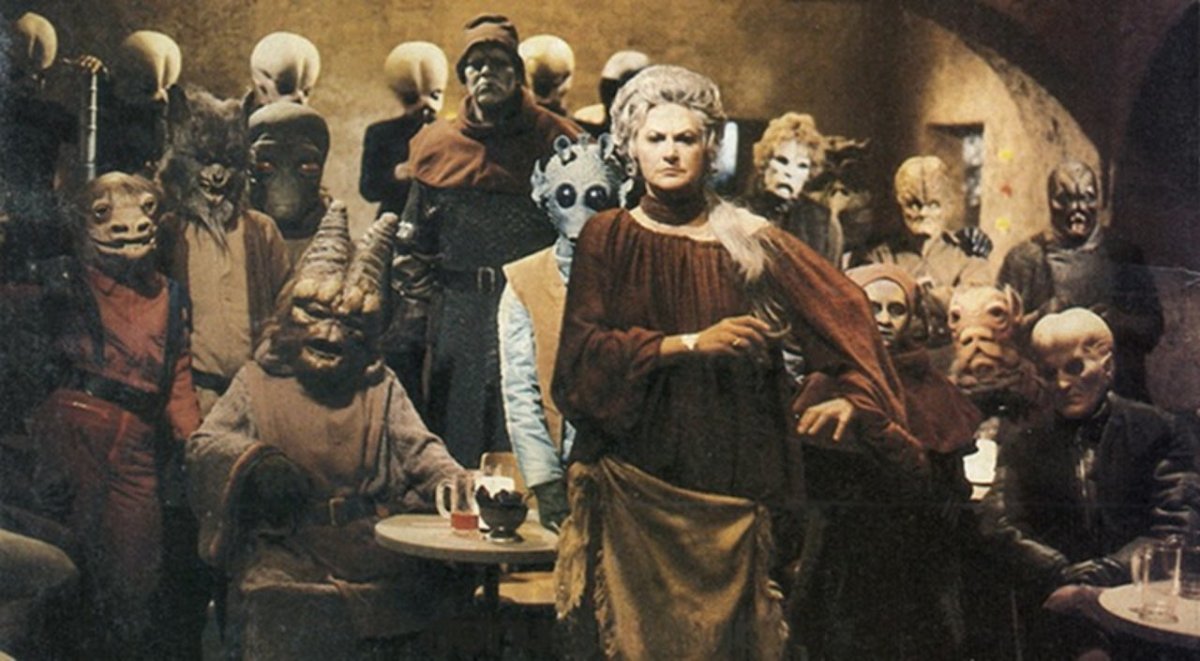
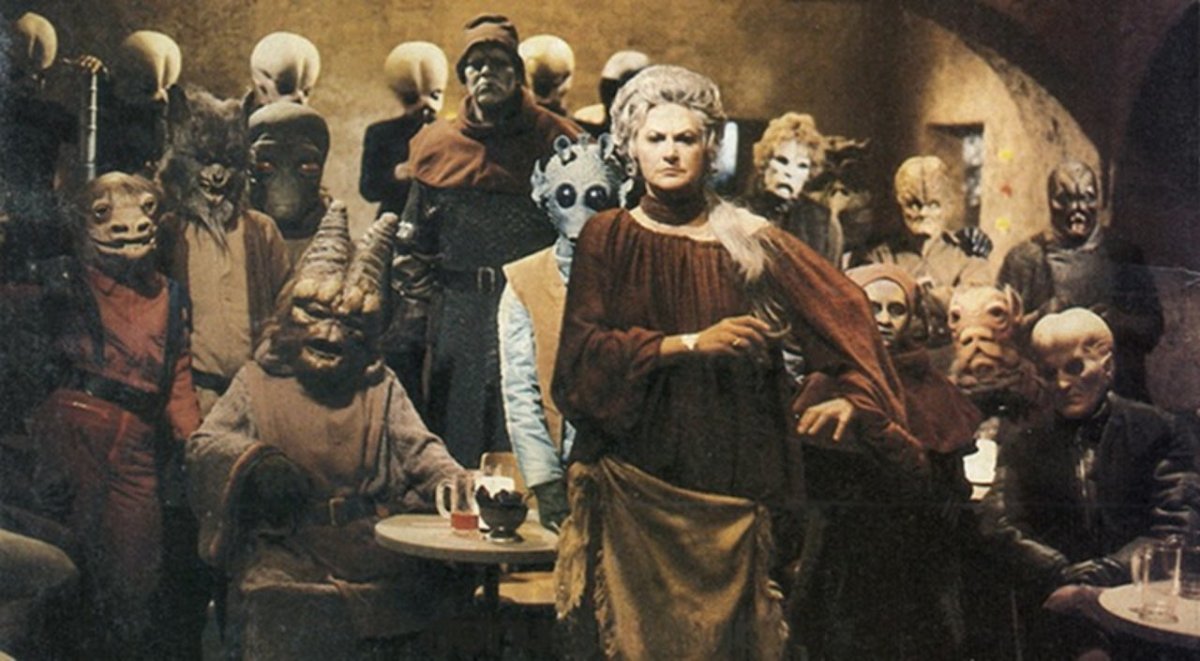
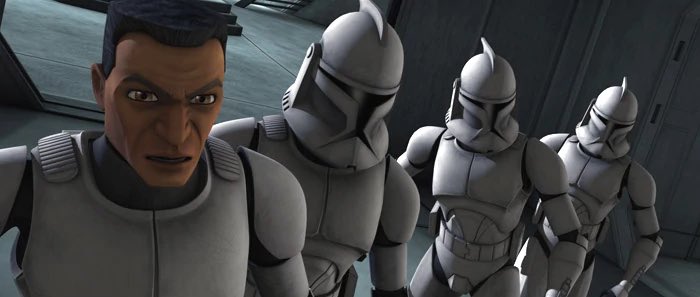
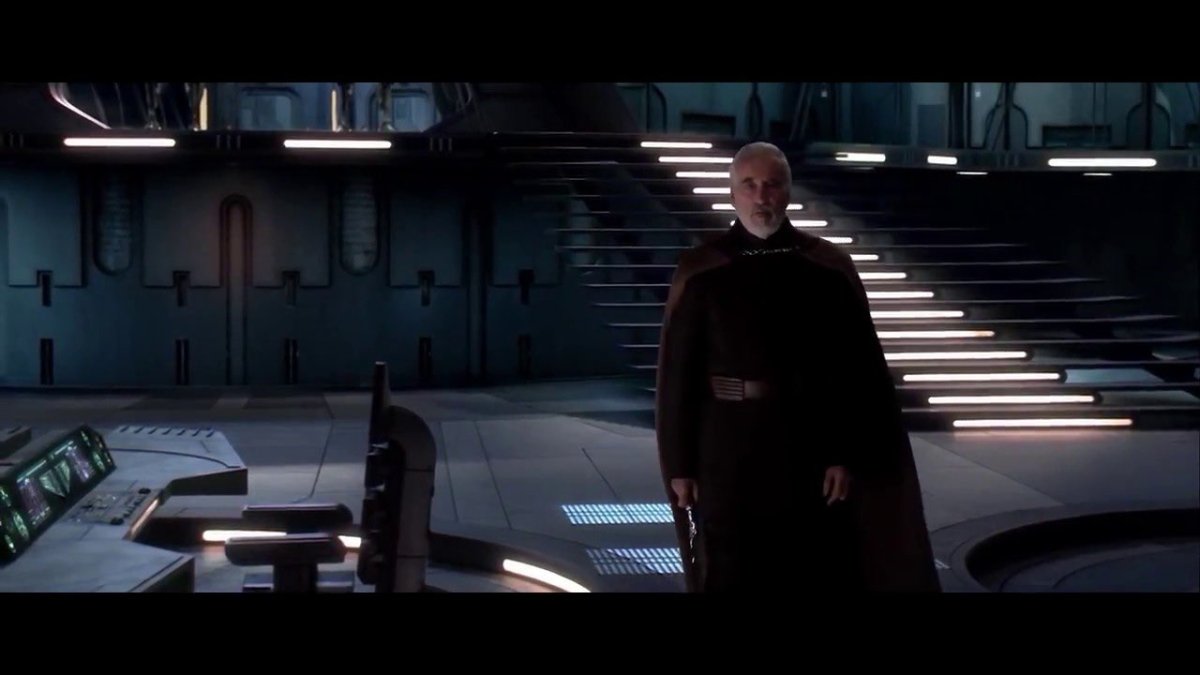
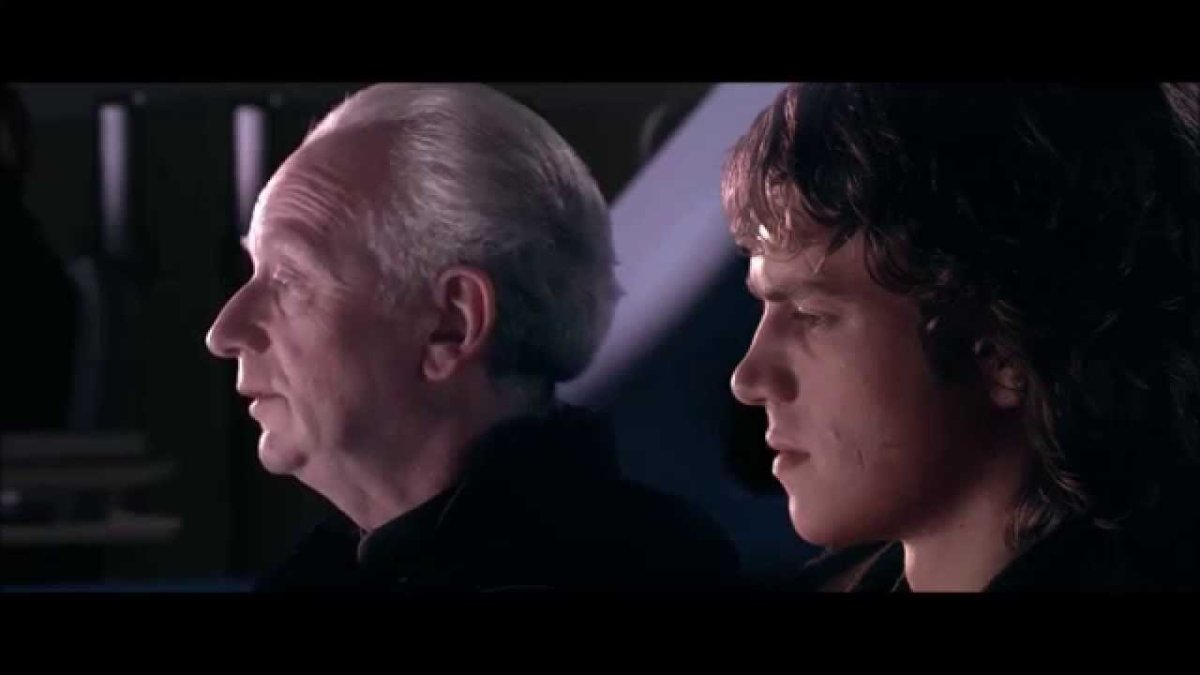
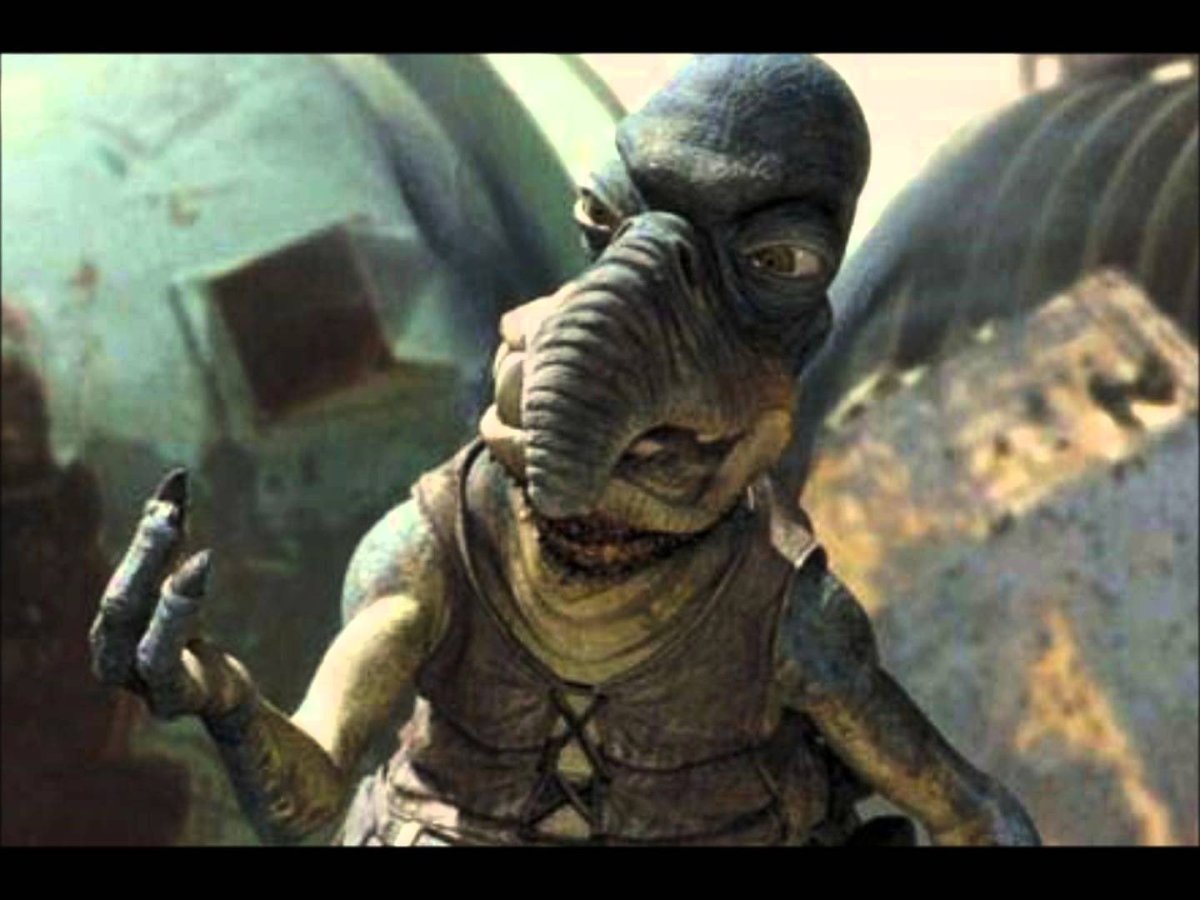
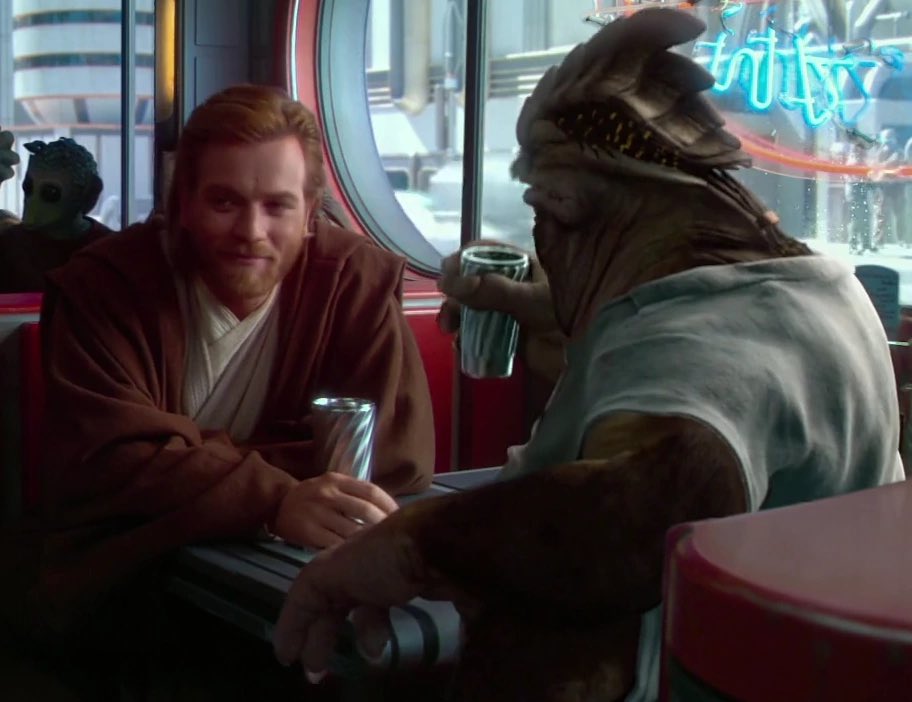
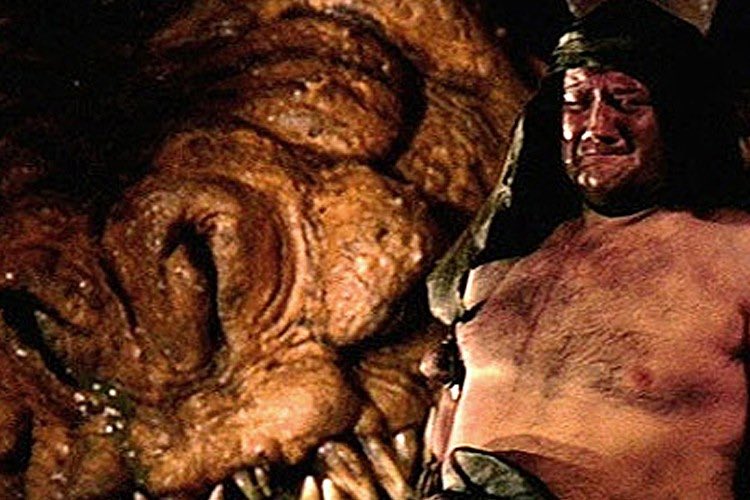
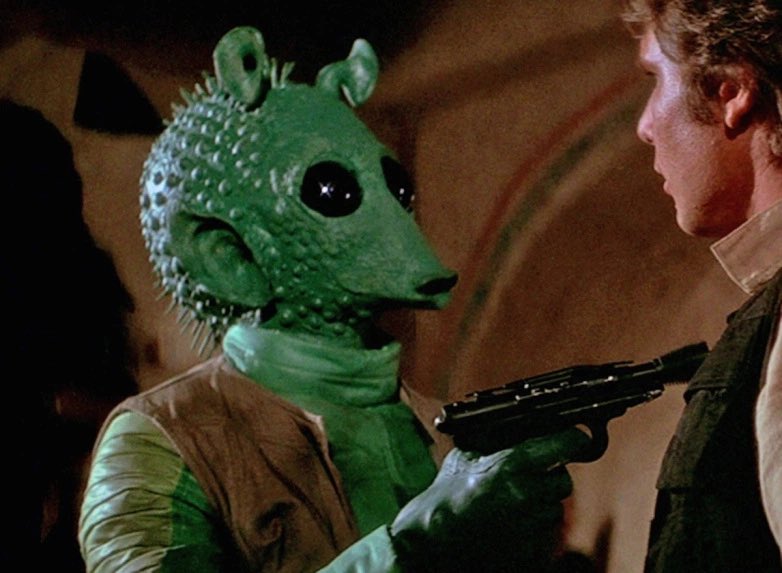
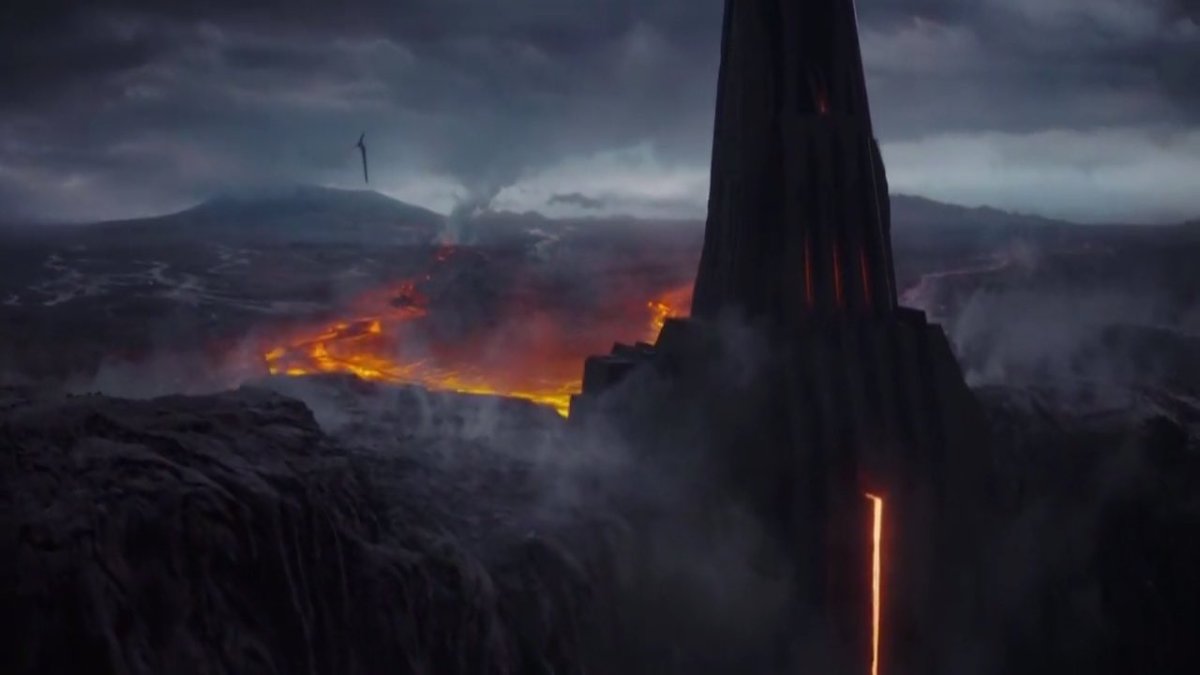
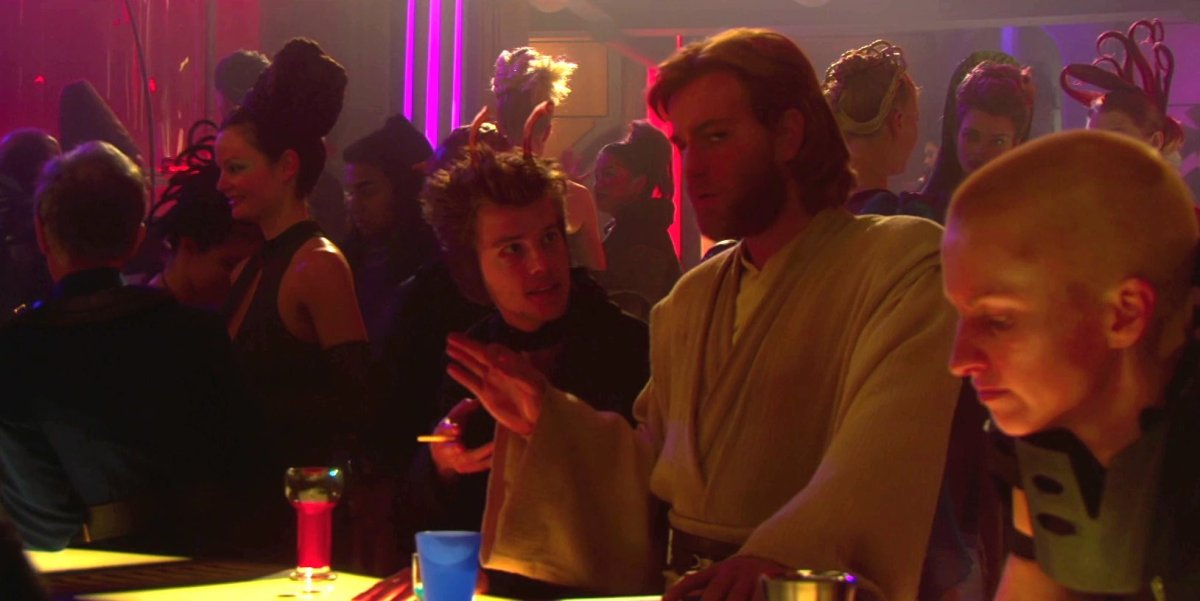




Published: Jun 18, 2018 04:35 pm